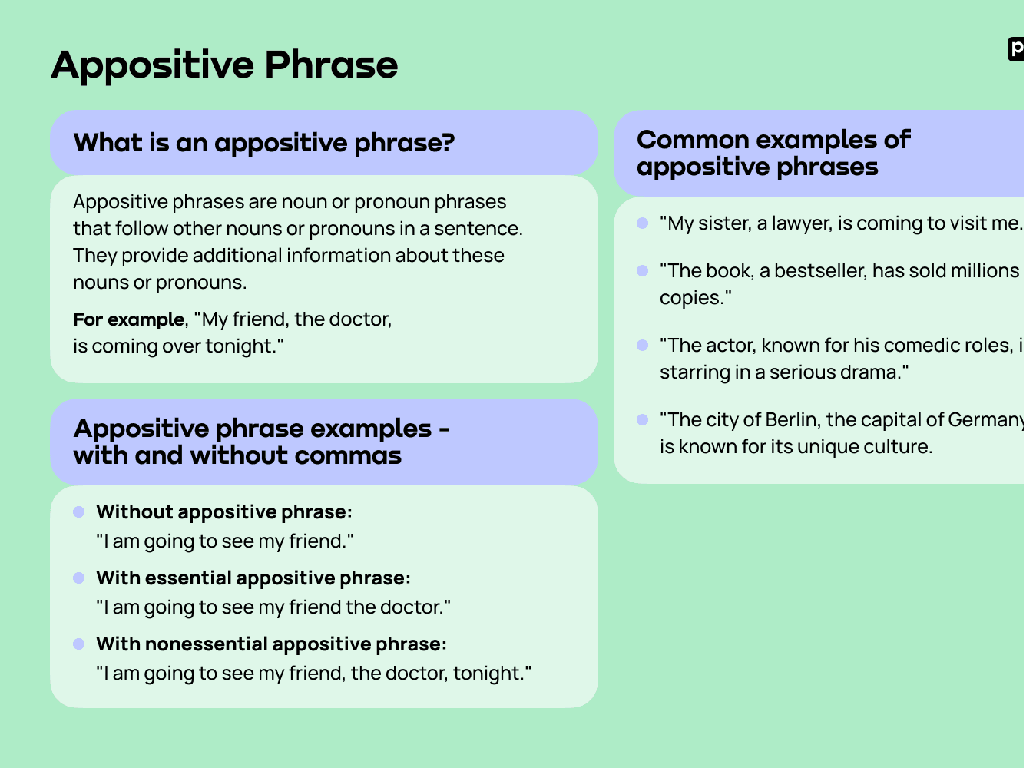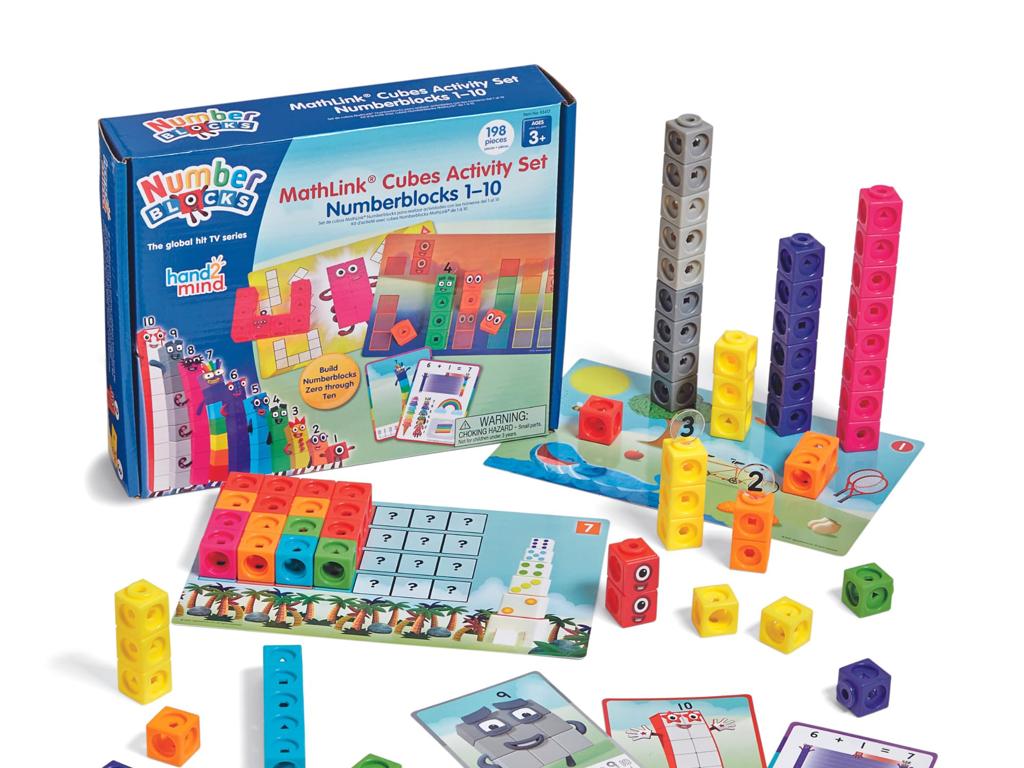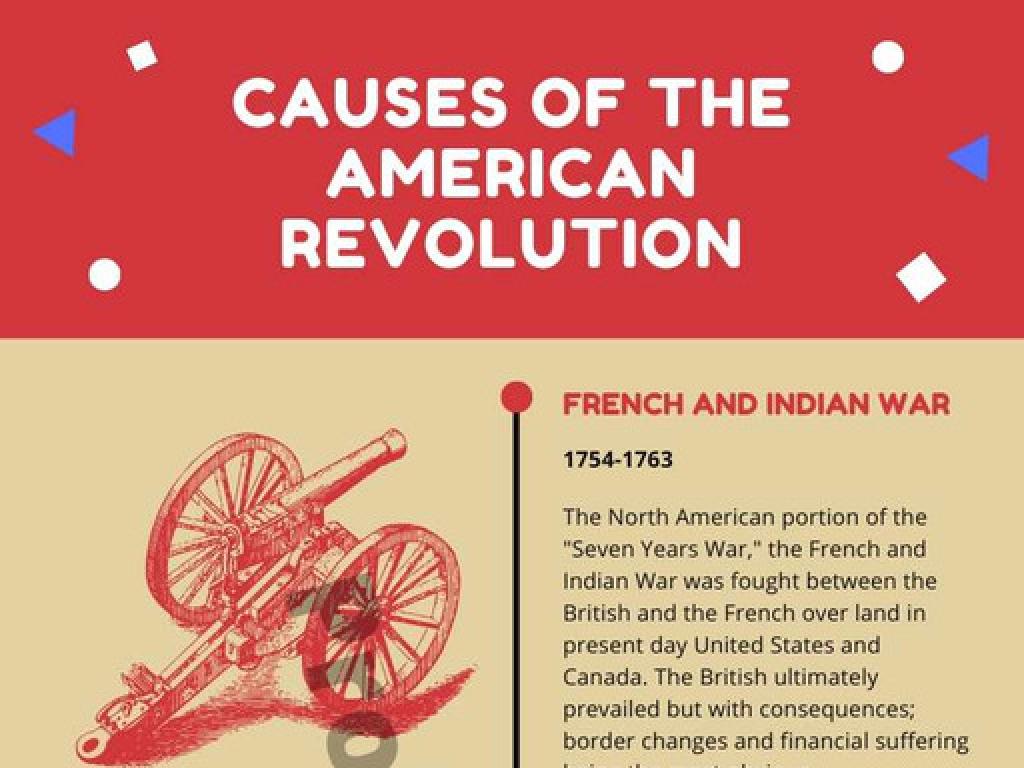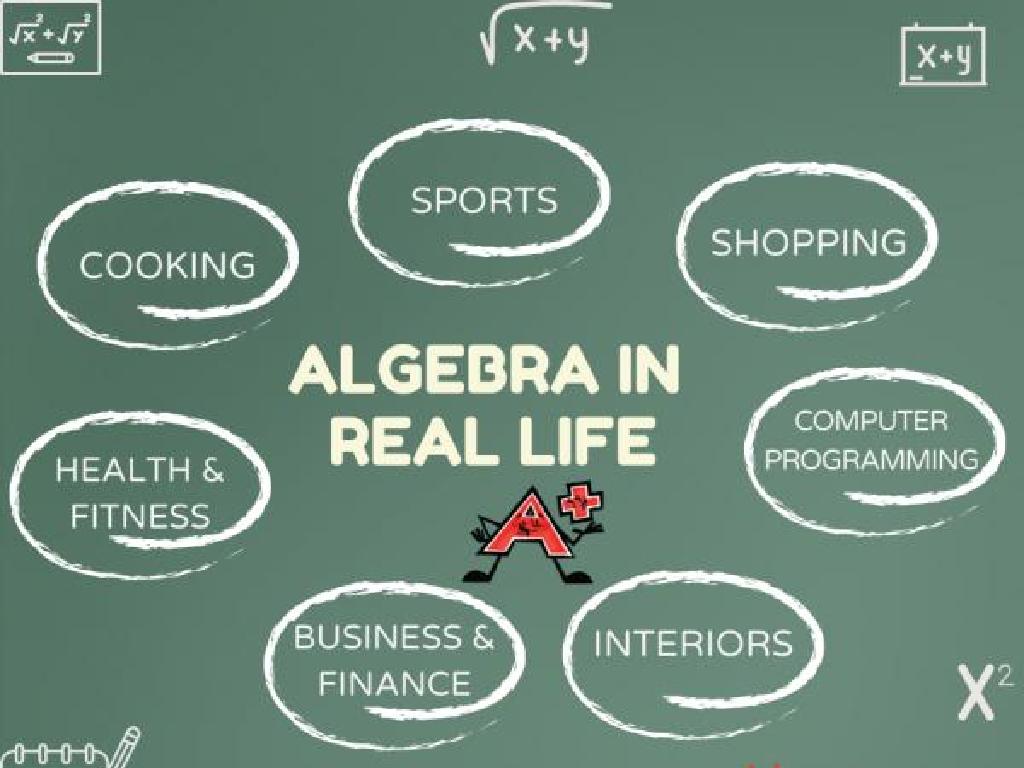Equal Parts - Halves And Fourths
Subject: Math
Grade: First grade
Topic: Fractions
Summary: Introduce your first grade students to fractions by exploring halves and fourths. This lesson uses real-world examples like apples, pizzas, and cookies to demonstrate dividing objects into equal parts, helping children visualize and practice splitting items into two or four equal sections. Engaging activities, such as drawing and fraction art, make the concepts of equal sharing and fair division fun and accessible. Build foundational fraction skills that connect to daily life and set the stage for future math learning.
Please LOG IN to download the presentation. Access is available to registered users only.
View More Content
Welcome to Fractions: Halves and Fourths
– Learning about equal parts
– What are halves?
– When something is split into 2 equal parts, each part is a half
– What are fourths?
– If we split something into 4 equal parts, each part is a fourth
– Fractions help us share
– Fractions show how to divide things fairly
|
This slide introduces first graders to the concept of fractions, specifically focusing on halves and fourths. Begin by explaining that fractions are a way to describe equal parts of a whole. Use tangible examples like cutting an apple or a pizza to illustrate halves and fourths. Emphasize that each part must be the same size to be equal. Show visual examples of both halves and fourths, and explain that fractions are used in everyday life to share things equally among people. Encourage students to think of other items that can be shared using halves and fourths. This foundational understanding will set the stage for more complex fraction concepts in later grades.
Understanding Equal Parts: Halves and Fourths
– What are equal parts?
– When a whole is split into pieces of the same size
– Cutting a sandwich into halves
– Each of the 2 pieces is called a half
– Examples of equal parts
– Like sharing an apple or a pizza equally
– Halves and fourths in daily life
– A cookie broken into 4 equal parts gives us fourths
|
This slide introduces the concept of equal parts, a foundational idea in understanding fractions. Start by explaining that equal parts are created when a whole is divided into pieces of the same size. Use relatable examples such as cutting a sandwich, apple, or pizza to illustrate halves. Emphasize that each piece must be the same size to be considered equal. Then, extend the concept to fourths by discussing how something like a cookie can be broken into 4 equal parts. Encourage students to think of other examples from their daily lives where they encounter halves and fourths. This will help them relate the mathematical concept to their everyday experiences, making it more tangible and easier to grasp.
Understanding Halves
– Cutting into 2 equal parts
– Each part is called a half
– ‘Half’ means one of two equal parts
– Think of sharing a cookie with a friend
– Example: An apple cut into halves
– Visualize dividing an apple into 2 same size pieces
|
This slide introduces the concept of halves to first graders. Begin by explaining that when an object is divided into two parts that are exactly the same size, each part is called a half. Use the word ‘half’ to describe one of the two equal parts. Show a visual example, such as an apple, and demonstrate cutting it into two equal pieces. Emphasize that both pieces need to be the same size to be halves. Encourage students to think of examples from their daily lives, like sharing a snack with a friend, to relate to the concept of halves. Use simple language and real-life examples to make the concept more relatable and easier to understand.
Understanding Fourths
– Four equal parts make fourths
– Imagine dividing a cookie into 4 equal pieces, each piece is a fourth
– ‘Fourth’ means one out of four
– Just like a quarter is 1 of 4 coins, a fourth is 1 of 4 parts
– Example: Pizza cut into fourths
– Think of a pizza sliced into 4 equal pieces; each slice is a fourth
– Recognizing fourths in objects
|
This slide is aimed at helping first graders understand the concept of fourths in fractions. Begin by explaining that when an object is divided into four equal parts, each part is called a fourth. Use tangible examples like cutting a cookie or a pizza into four pieces to illustrate the point. Emphasize the term ‘fourth’ by comparing it to familiar concepts, such as a quarter of a dollar. Show a visual example, like a pizza, and demonstrate cutting it into fourths. Encourage students to think of other objects that can be divided into fourths and to recognize these fractions in everyday life.
Let’s Practice Halves!
– Observing objects on screen
– Look at each object carefully.
– Guessing the halves
– Imagine splitting them into 2 equal parts.
– Drawing lines to show halves
– Use a pencil to divide the objects into halves.
|
This slide is for a class activity focused on understanding halves. Display objects on the screen and ask students to observe them. Encourage the children to guess how the objects would look if cut into two equal parts, which introduces the concept of halves. Then, provide them with drawing materials to draw a line on a printed worksheet or on the board to show where they think the halves would be. This hands-on activity helps to solidify their understanding of equal parts. As they draw, walk around the classroom to ensure they are grasping the concept and provide guidance as needed. Possible objects to use could be fruits like apples or oranges, shapes like squares or circles, or everyday items like a sandwich or a piece of paper.
Let’s Practice Fourths!
– Understanding fourths
– Fourth means four equal parts
– Visualizing equal parts
– Imagine dividing objects into 4 same-size pieces
– Activity: Drawing fourths
– Use a pencil to divide pictures into 4 equal sections
|
This slide is designed to help first graders understand the concept of dividing objects into four equal parts, known as fourths. Start by explaining that when something is divided into fourths, it is split into four equal sections. Use visual aids like pictures of common objects that they can relate to, such as a pizza or an apple, and demonstrate how to divide these objects into four equal parts. For the activity, provide students with images of various objects and ask them to draw lines to show how each object can be divided into fourths. This hands-on activity will reinforce their understanding of the concept of fourths. Encourage students to discuss how they decided where to draw the lines and ensure they understand that all parts must be equal in size.
Fun with Fractions: Sharing Equally
– Fractions for fair sharing
– Imagine splitting a pizza so everyone gets the same amount
– Parts of a whole
– Like pieces of a pie make a whole pie
– Equal parts are the same size
– Each slice must be as big as the others
– Halves and fourths practice
|
This slide introduces the concept of fractions to first graders by relating it to sharing and understanding parts of a whole. Emphasize that fractions are used to divide things into equal parts, like when sharing snacks or toys with friends. Use tangible examples like cutting a cake or a pizza to illustrate halves and fourths, ensuring that students grasp the idea that each part must be the same size to be fair. Encourage students to think of times they have shared something equally. In the next class, we can have hands-on activities where students practice dividing different objects into halves and fourths to reinforce the concept.
Class Activity: Fraction Art
– Create your own fraction art
– Choose and color a shape
– Any shape you like: circle, square, etc.
– Cut the shape into halves or fourths
– Make two or four equal parts
– Share your pieces with a friend
– Exchange pieces to see different fractions
|
This activity is designed to help first graders understand the concept of fractions in a fun and interactive way. By choosing a shape and coloring it, students will engage with the material creatively. Cutting the shape into equal parts will give them a tangible understanding of halves and fourths. Sharing with a friend will teach them about the way fractions can represent parts of a whole in different shapes. For the teacher: Prepare safe scissors, colored paper, and assist students in cutting shapes evenly. Have a discussion afterward to ensure they understand that each part is equal and represents a fraction of the original shape. Possible variations of the activity could include using different shapes, combining pieces to form new shapes, or even using the pieces to create a collage.





